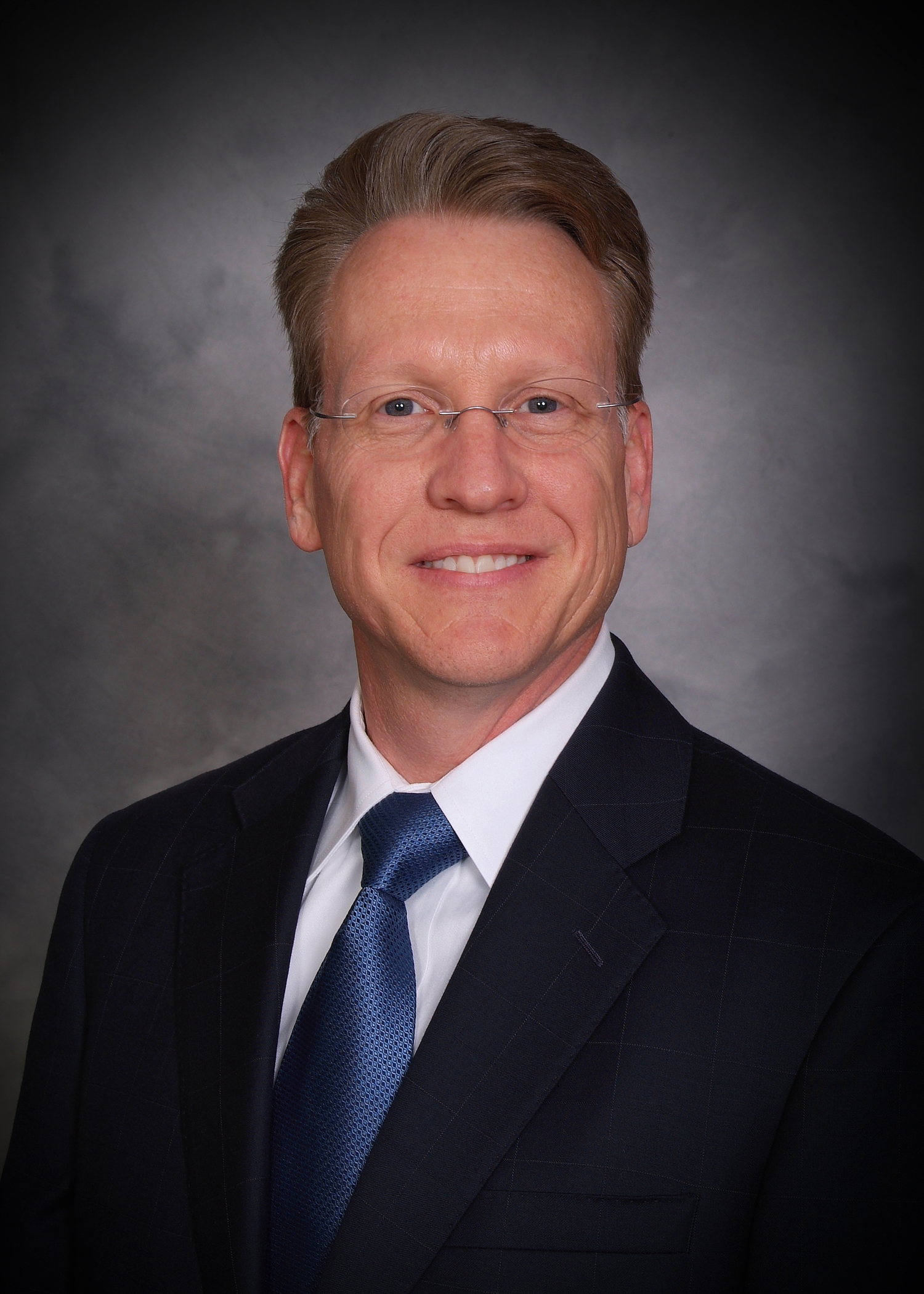 Accountable care organizations are appearing in communities across the nation. Jon Friesen, chief financial officer, U.S. Operations, of Nueterra discusses how ACO formation impacts ASCs, whether it's smart to participate and how ASCs can leverage their position in the market when an ACO comes to town.
Accountable care organizations are appearing in communities across the nation. Jon Friesen, chief financial officer, U.S. Operations, of Nueterra discusses how ACO formation impacts ASCs, whether it's smart to participate and how ASCs can leverage their position in the market when an ACO comes to town. Q: What options do ASCs have in markets where hospitals and physicians are forming accountable care organizations?
Jon Friesen: Accountable care organizations being set up today are largely driven by health systems; they are leaders right now in the forefront of ACO development. Some ACOs have physicians at the table and some are pilot projects with insurers, but what I think is important for the ASCs is to make sure they can get plugged in to those conversations and development activities.
Sometimes, as ASC leaders, we don't know what is going on around us, so the best way to find out is to plug into the general practice or family practice physicians. This is important because they will have a seat at the table and understand the discussion and formations taking place. You have to plug into general practitioners because they are a fundamental foundation of the ACO and it's all about patient capture.
Q: What are the benefits and challenges for ASCs in markets forming ACOs?
JF: The benefits include retaining, and possibly gaining, market share by holding on to referral patterns and the patient base ASCs already have. At the same time, another intrinsic benefit is the knowledge you are participating in an initiative that will keep costs low and reduce medical spending across the country.
The challenges include the risk of losing your current patient population and referral patterns. Even if you are the lowest cost and best clinical option, economics may override that as the ACO developers decide it's more beneficial to channel and redirect patient care to a different source. It's all about the economics and incentives for ACO participants.
There are some critics suggesting that ACOs will actually cause medical spending to go higher because they steer patients to someone who isn't the lowest-cost provider, which will drive costs up.
Q: Where do you see the trend of ACOs heading in the future?
JF: I think the ACO development will continue. We have a need as a country to control medical inflation because our current course is not sustainable. Lower cost alternatives are one way to bend the cost curve. These initiatives may spring up in a different form or fashion, but overall the general concept of ACOs will continue to evolve over the next three-to-five years.
We are seeing payors skating to the ACO puck now, trying to find a way to help with this initiative, and large health systems are developing them as well.
Q: How will this continuing trend of ACO formation impact ASCs in the long run?
JF: I think ASCs are a natural fit for ACOs, but we can't assume their participation is automatic. I could see situations where health systems with hospital outpatient departments acquire family practices to strongly influence, if not dictate, where those patients will have their care. If they control the steerage, patients will end up at the HOPD where the cost is more than at the ASC. I think that's a very likely scenario.
Q: Could an ASC mitigate that risk by partnering with a hospital? Will hospital alignment be necessary in the future?
JF: I don't know that ASCs would have to be directly aligned with the hospital as long as they had the correct alignment with the primary care group. That will be the critical access point, but it would be best to have a direct seat at the table. Talk to primary care physicians and find out about ACO development in your community, and let them know you are willing to participate and help them achieve their goals.
That referral stream and relationship with those groups of practitioners is critical for ASCs to participate in ACO development. Look at the specialist physicians who are part of the ASC and follow the trail backwards. Look at the patient population and trace them back to the primary care referral source. As a general rule, 80 percent of the referrals will come from 20 percent of the physicians. Understanding the referral pattern and relationship is critical because those channels could be changed by the economics of the ACO.
Q: How will ASCs ensure fair remuneration for their services in the ACO? What circumstances should they avoid?
JF: There is uncertainty about how ASCs will be reimbursed and share in the shared savings program. It will be critical for ASC leaders to stay involved in those conversations so they understand how shared savings dollars will be divvied up and distributed for those who meet the three criteria of the triple aim. This goes back to maintaining a strong relationship with the primary care physicians to make their voices heard. In some markets, ASCs may not get a seat at the table, but they will have access to the primary care physician constituency group.
The primary care physicians don't want to break their relationship with specialists who see their patients and have quality outcomes. They know that specialist is able to meet their needs and they don't want to break the referral patterns either. One of our fears is that if ASCs aren't actively networking and participating in these conversations, the conversations will go on without them. Then, the referral patterns could change because the ASC was passive.
More Articles on Surgery Centers:
10 Administrators Discuss How Their Centers Stand Out
5 Strategies to Reduce Human Resources Costs at Surgery Centers
8 Hospitals & Health Systems Planning on Opening Surgery Centers
